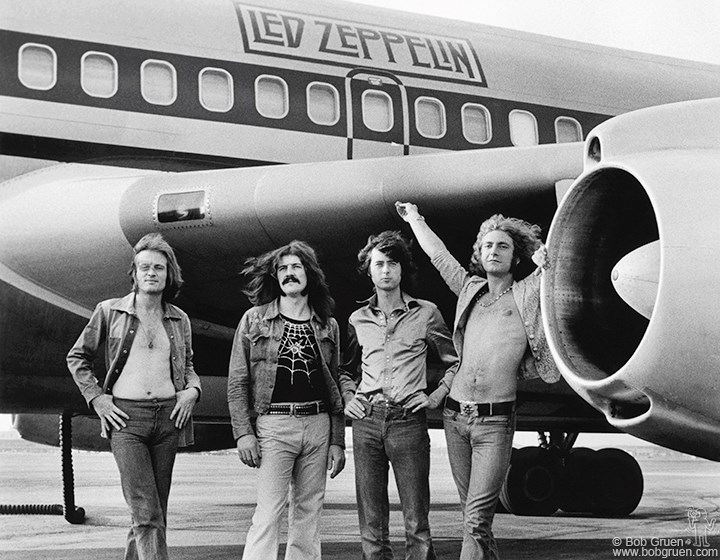Simply put, if you’ve paid any attention to rock ’n’ roll over the last 40 years, you’ve seen Bob Gruen’s work.
He’s been photographing musicians professionally since the early 1970s and his resume includes the A-list of A-listers from multiple generations: Led Zeppelin, The Who, David Bowie, Prince, The Sex Pistols, Debbie Harry, Kiss, Lady Gaga and Green Day, among others. Gruen was also John Lennon and Yoko Ono’s personal photographer for a period during the 1970s and his work has been the subject of documentaries and roughly 10 books.
He got his first camera at age four, was working for a newspaper by junior high and immersed in the music business by the mid-1970s.
Perhaps his most iconic shot is of Lennon wearing a New York City shirt against the Big Apple backdrop. Gruen’s first-ever curated gallery show on Canada’s west coast runs July 24 to Aug. 25 at the Pendulum Gallery, located at 885 West Georgia St. Liss Gallery is presenting the career retrospective and gallery founder Brian Liss is curating the exhibit.
The Courier caught up with Gruen, 71, by phone in Jersey City, NJ.
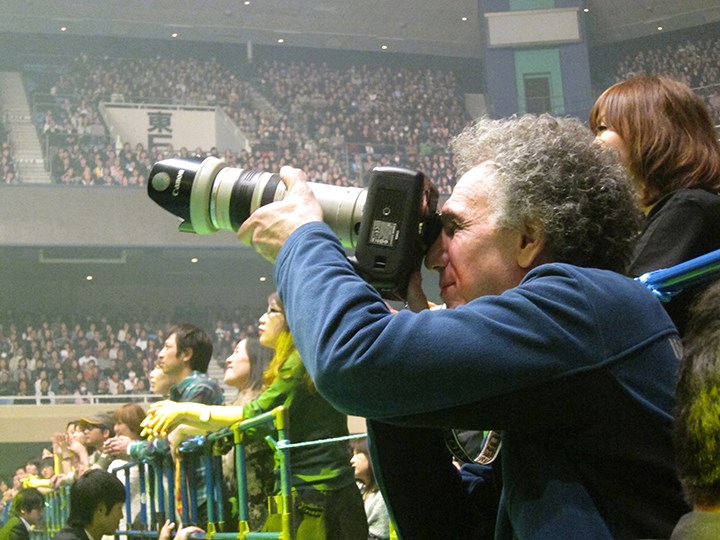
Of all the things you could photograph, why did you decide on musicians?
There were a myriad of options and I did all of them. When you’re a young freelance photographer you can’t say no to any job. I was taking pictures for fashion magazines, I took pictures of plastic boxes for product placement, I took pictures for a secretarial school when I was younger.
You took only one course on photography. What was the biggest takeaway?
What I learned there is the difference between being an amateur and taking the pictures you like, and being a professional and taking the pictures that other people wanted. That’s a professional — where you do what the client wants, when they want it.
Presumably you take hundreds of photos in a shoot. How do you select the keepers?
Editing is absolutely key. I look for the picture that captures the passion and the feeling so that you have a feeling of that moment. A lot of people say that when they look at my pictures, they feel like they’re there. That’s the feeling I like them to have. I like to capture more than just the facts. I like to capture the feelings. For me, rock ’n’ roll is a feeling of freedom. Rock ’n’ roll is about the freedom to express yourself very loudly. So I try to edit to look for that moment.
At what point in your career did you have a sense of “making it.”
I was at a concert at Madison Square Garden in the mid ’70s. Right in front of me there was some guy trying to get in on the guest list, saying his name was Bob Gruen. I was stunned that someone would use my name thinking I was that well known. I remember saying, ‘hey kid, you’re not Bob Gruen, I am.’ And then he ran up the block and got the hell out of there.
There are big artists, bigger artists and then the biggest artists of all time. You have photographed almost exclusively the latter. What’s the “it factor” that all those artists have?
There’s a natural charisma in all of them. That’s what makes a good act, an act that makes a connection and communicates with the audience. Some of acts come out and they’re a little stiff, they just play their album and you go home saying to yourself, ‘I could have heard that in my living room.’ Other acts, a band like Green Day, hits the stage running. I think that a band that makes people laugh, listen and learn is a band that people come back to see over and over again.
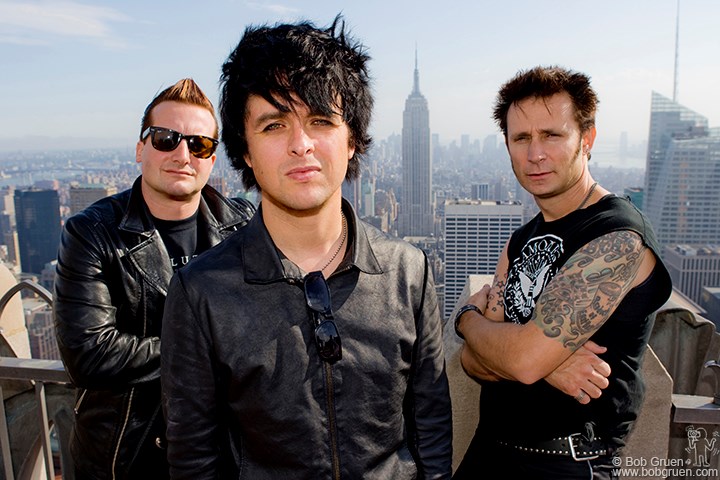
Tell me about your first meeting with John Lennon and Yoko Ono.
I remember walking down the hall towards their hotel room. I was shaking. This was more than I could ever imagine. But I realized as I was walking through the hall that I wouldn’t be able to go into their room and take pictures if I’m shaking like this. It was only going to work if I went in relaxed, do what I do and hope that they like my pictures. I took a deep breath and told myself to just be myself. In later years after we became friends, Yoko mentioned how impressive that was because most people would walk in very nervous and that made them nervous. I walked in calm, they stayed calm and that way I got good pictures of them.
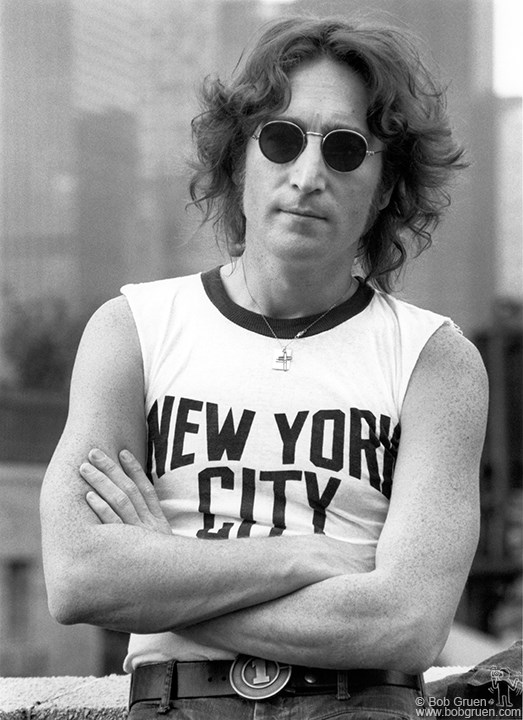
How has social media and specifically cell phone cameras affected what you do?
Everybody is in the front row with their cell phone. Before the first song is over, the news is already around the world. I can’t compete with that and I don’t try. I can’t do what I used to do. The world has changed. But fortunately people feel like my pictures inspire them.
What advice do you have for the current generation of aspiring photographers?
People tell me they want to live the life I’ve lived. I tell them, ‘well that’s already been lived.’ You can’t be like anybody else because everybody else is already taken. I tell people to, first of all, take a lot of pictures. And then editing is key, because if you edit and only pick out a couple good ones, then you’re only showing the good ones. It’s one of my pet peeves when I see someone put up 200 pictures. That’s a little overkill. Put up two pictures and show people what happened. People don’t have a lot of time to look through everything and they won’t see the good ones if you put up 200.
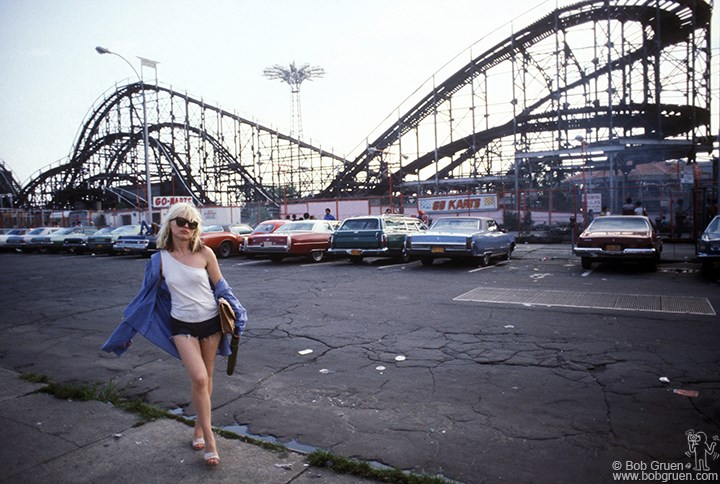
This interview has been edited and condensed.
@JohnKurucz
